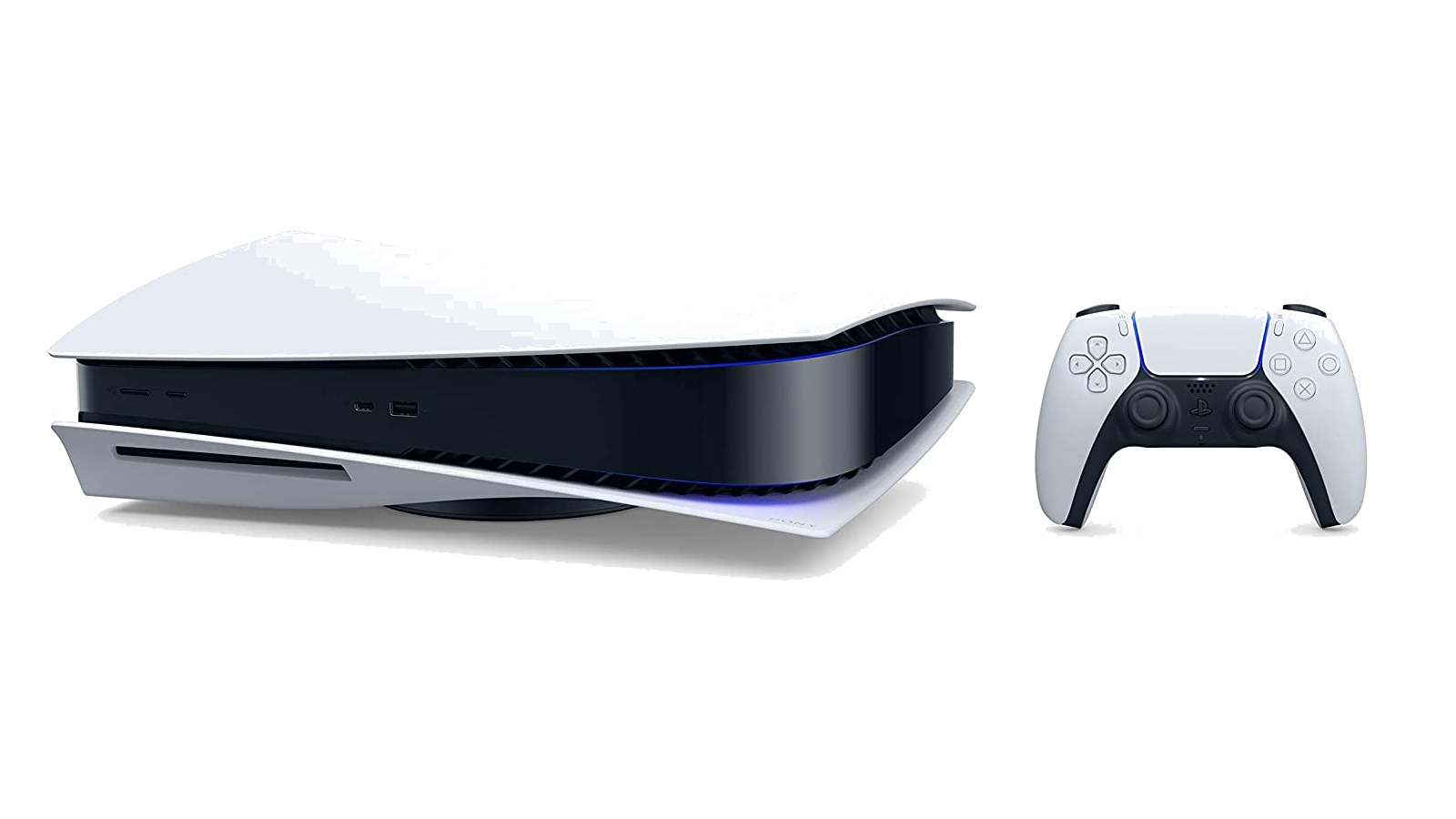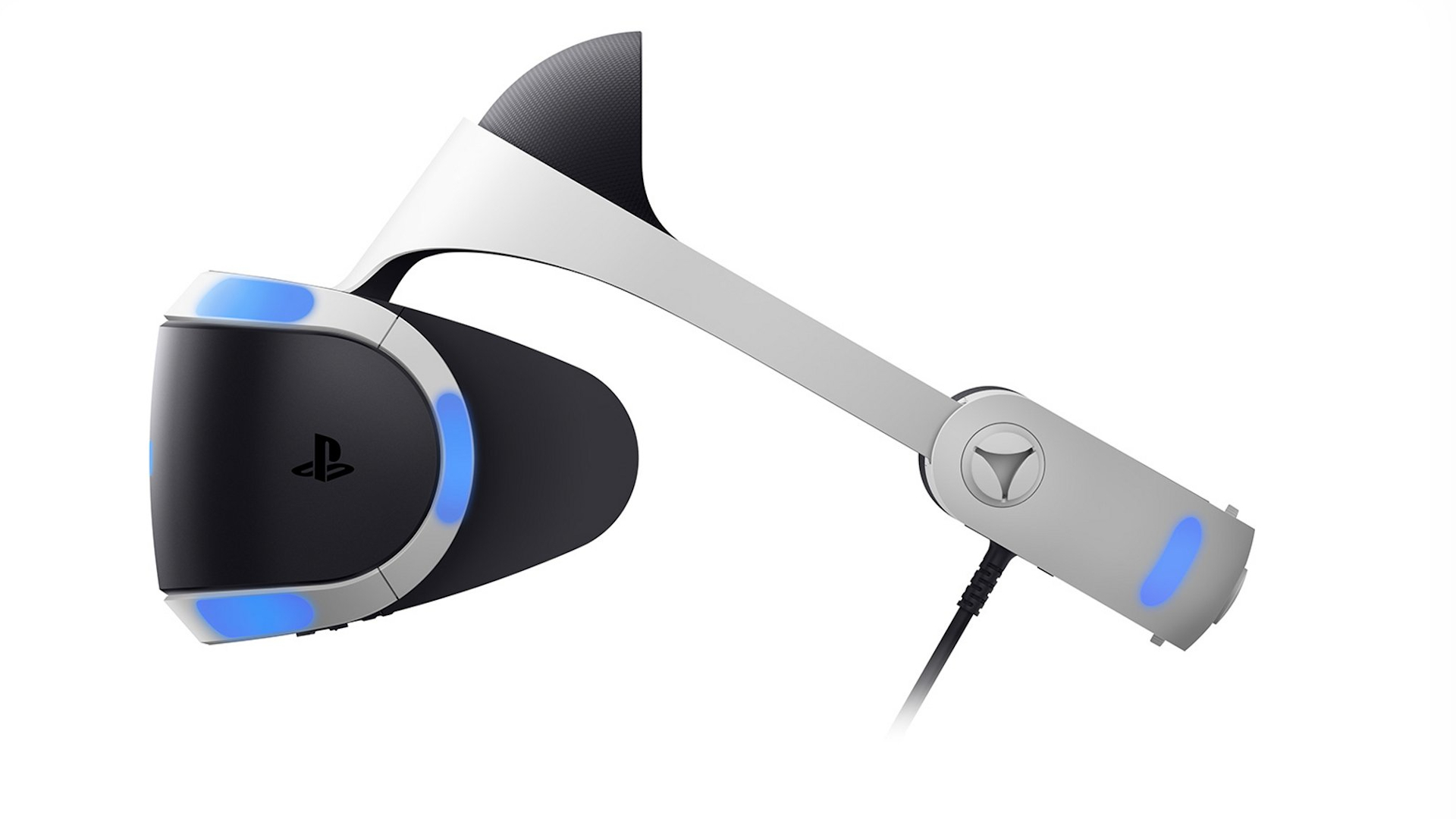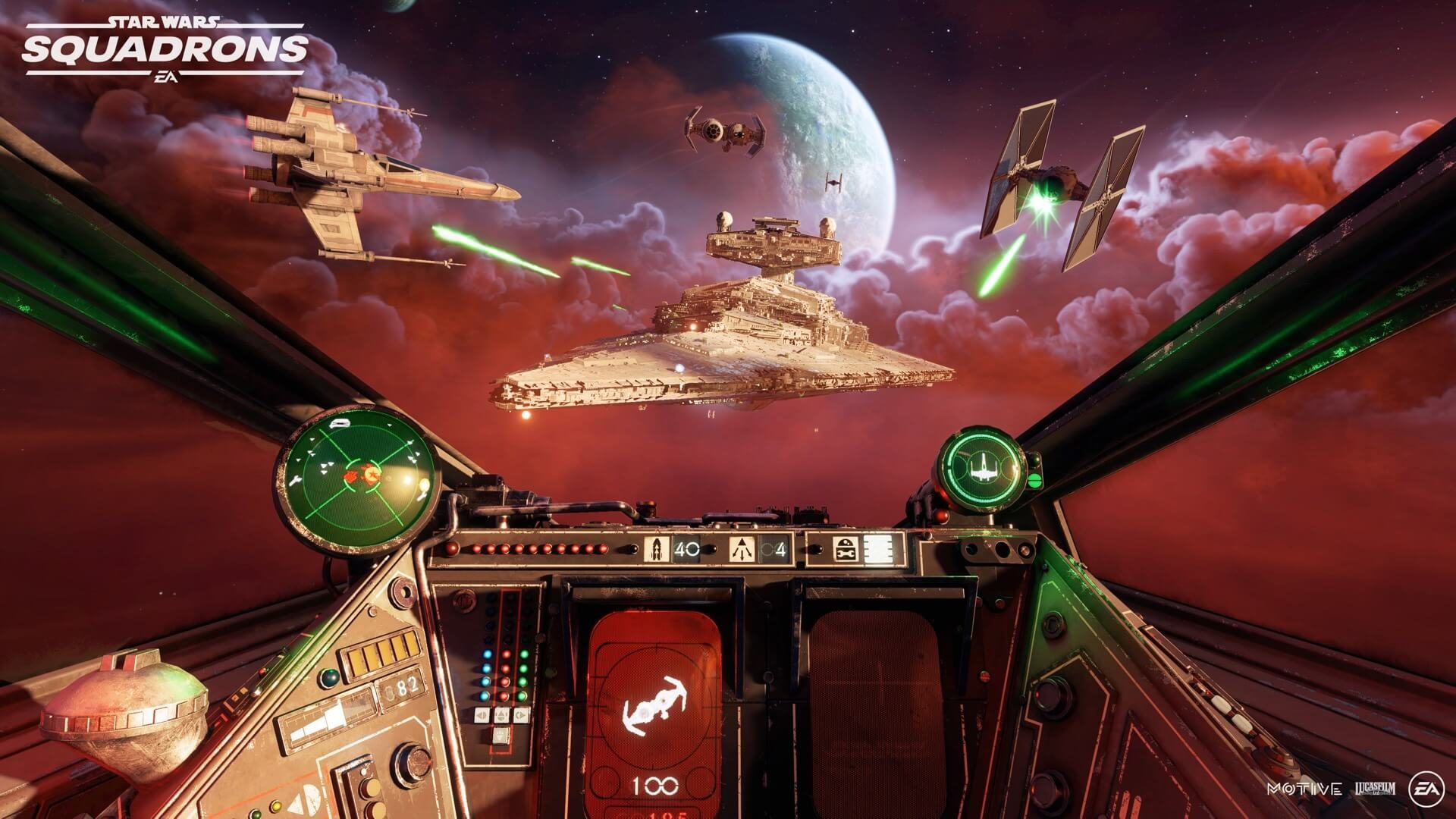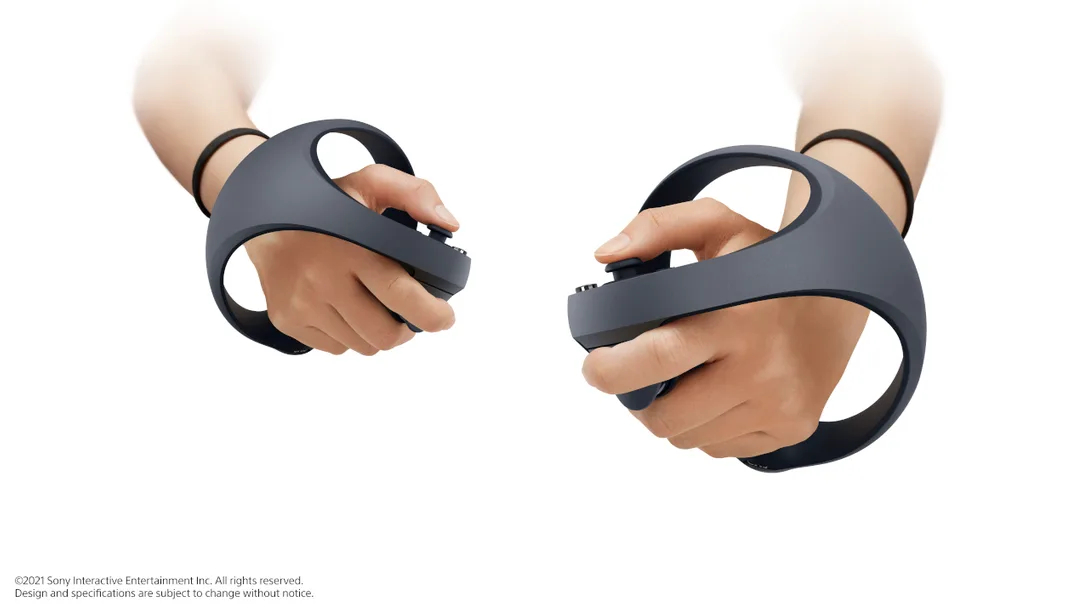We’ve got all the latest news on the PSVR 2, the next gen VR headset designed exclusively for PlayStation 5.
The PlayStation 5 was originally announced back in 2019 and over the next three years gamers have been wondering what that means for the future of their virtual reality games. Out of the three major console manufacturers, Sony is the only one which has produced its own VR headset. However, the current model only works with the previous generation of games and, having been released back in 2016, it now features some quite out of date hardware.
In our original PSVR review you can see this console can still be a fun gaming experience with an amazing range of games, from the entirely immersive take on an old classic with Tetris Effect to the utterly charming 3D platformer Astro Bot Rescue Mission. Yet despite some of the best VR space games and VR space experiences to date, many players have been eager to play the latest PlayStation titles in full immersion. With its hardware and graphical specs, the original VR just cannot compete with the best VR headsets currently on the market.
Luckily, Sony announced a new generation of PlayStation VR headsets in February 2021, though at that time the details were thin on the ground. Senior Vice President of Platform Experience, Hideaki Nishino, mostly confirmed that a PlayStation 5 compatible VR console was in development. Additionally, at the beginning of 2022 we received further specifications confirming many ideas which were previously only rumors.
If you’ve had a hard time figuring out just what has been confirmed about the next PlayStation VR then look no further. We have searched through official announcements, rumors, and patents to find out what Sony is planning. If you can’t wait though, you can grab a bargain on the existing PSVR using our VR headset deals guide.
What is the PSVR 2 / PlayStation 5 VR?
While players were delighted by the announcement of a virtual reality headset fully compatible with the current generation of PlayStation consoles, they were also shocked by how few details came with that original announcement. Without even an official name to attribute to PlayStation’s upcoming headset, opting instead to refer to it as the “next-generation VR system,” Nishino mostly gave vague details with no concrete facts and figures.
In the latest PlayStation Blog Nishino now refers to the new system as the PlayStation VR2 which appears to be its official name. Aside from the obvious fact that the new headset is designed for use with the PlayStation 5, Nishino originally promised improved performance and interactivity and enhanced resolution, field of view, tracking, and input, without details on what any of that actually means. We now have further concrete details on the specifications, officially confirming that the PSVR2 will be in line with other high end consoles on the market.

Nishino did concede three new pieces of official information for the improved system in his first announcement. The first is that the new Sony VR will have wholly redesigned controllers which incorporate the unique features from PlayStation 5’s DualSense controller – they have been announced as PlayStation VR2 Sense Controllers. This was welcome news as the current PSVR still uses the PlayStation Move controllers which came out during the PlayStation 3’s lifespan.
The second announcement is that the new system will connect to the PlayStation 5 via a single wire. This is a greatly appreciated offering by cable-conscious consumers who require five to set up the original headset.
The last piece of solid knowledge was that Sony’s next-generation VR would not come out in 2021. This was expected as Sony focuses its production on the sought-after PlayStation 5 console that many consumers are still desperate to obtain. Sony confirmed there would be no new information in the September 2021 showcase, but rumors surrounding the system suggest we will hear a lot more in early 2022, though it was earlier than expected with the announcement landing on January 4.
How much will the PSVR 2 cost?
It will probably be a while before Sony announces the official pricing for their next-generation VR headset. Still, with what we know so far, it is possible to make a reasonable estimate. The original PlayStation VR released at $399/£349. This was the price for the version without the PlayStation Camera necessary to use PSVR which retailed separately at $60/£50.
Most hardware makes a loss upon launch, turning a profit later with additional hardware, software, and subscription sales making up the costs. The PlayStation 5 is no exception. While the disc version is finally running at a profit, the next-generation VR system will likely run at a loss when initially launched. Even with increased screen resolution, haptic feedback, and increased processing, Sony would probably hesitate to set the price point drastically higher than the original.

The PlayStation 5 costs $100/£100 more than the PlayStation 4 did at launch, so we know this is a price increase consumers are comfortable paying. Also, according to TechRadar the new VR will come bundled with a set of controllers. This seems plausible since Sony has been focusing its marketing around them. Despite the original VR system not including controllers, Sony will be reluctant to surpass the PlayStation 5’s launch price for a VR set. Therefore, we think you can expect the PlayStation 5 VR to retail around $499/£449.
When is the PSVR 2 release date?
With no official price or release date announced, it looks like Sony is still deep in development with the new hardware. Though nothing is definite, there are quite a few rumors and estimations based on other available evidence that seem to hold some weight. The most credible claim to date appears to be from Bloomberg, who wrote an in-depth article about the current state of screen manufacturers and where the industry is heading.
In the report, Japan Display Inc., one of the leading LCD screen producers, stated that they have a relationship with almost every VR developer in the market. As the VR market is pivoting to LCD screens, Sony is reportedly continuing to use the higher quality and more expensive OLED products they used in the original version of the PlayStation Vita and, most notably, the PlayStation VR headset.

What do screens have to do with release dates? Bloomberg claims that “people with knowledge of the matter” have confirmed that Sony is working with Samsung to develop the OLED screens with a view of a late 2022 release date. As Nishino has now officially confirmed that the new console will feature an OLED screen, it seems likely these rumors are true. As new hardware, specifically highly anticipated pieces, is often released around the holiday period to boost sales, this assertion seems likely. This release period would also give Sony time to produce and sell more PlayStation 5 units which are essential for use with the next-generation VR headsets.
What new features will the PSVR 2 headset have?
Sony has confirmed an increased field of view with previous predictions placing it anywhere from 10-20° of added length. Nishino confirmed that the new PlayStation VR screen features approximately 110°, the current industry standard.
The new resolution is also confirmed to be near 4K, offering each eye 2000 x 2040 resolution. As officially announced, the new headset will feature enhanced tracking, a reference to eye-tracking, as well as headset-based controller tracking for improved sensitivity that is becoming increasingly common in the VR space. This would help with VR’s motion sickness problem as players would not have to rotate their whole head to see.
Sony filed a “motion-sickness reduction” patent that includes the DualSense’s haptic feedback in the headset to help reduce disorientation for players which is likely the headset vibration referred to in the official announcement. It also points toward improvements with comfort for glasses wearers such as the individually adjustable lenses. The patent, which outlines their method for eye-tracking, specifically takes into account this section of gamers.

Patents also show that there could be a screen on the outside of the headset to show the user’s expressions to an onlooking audience. This would have implications for streaming and gaming socially. Back in February 2021, Sony patented the ability to use everyday objects, such as a banana, as a controller. This could demonstrate how Sony intends to blend VR with AR technology. This fits with Sony’s push for more social gaming. While a patent does not guarantee invention, we could see aspects of this in the coming VR headset. So, although added cameras for tracking inside the VR headset have been confirmed, these other patents are still uncertain.
What are the new PSVR 2 controllers?
The one aspect of the new PlayStation VR that we are confident of is the new controllers. Sony has focused a lot of their release information on this new design. The unique orb shape allows a far more natural grip than the old Move controllers, aiding immersion. The shape also moves the trigger under the controller, which feels more natural to hold. The layout is most interesting because the four action buttons are divided over the two handsets, making it likely that the controllers will need to be used as a pair.
As expected, the new controllers will include many features also integrated into the PlayStation 5 DualSense controllers. With adaptive triggers with varying resistances and haptic feedback that uses targeted rumbling, these new controllers may be the most immersive in VR gaming to date.

They also integrate better tracking than their predecessors. The next-generation VR headset will now have the ability to track these controllers, and the controllers themselves will track where your fingers are positioned on them. This will allow all new methods of control in PlayStation VR and should be able to interpret your movements far more accurately than the current system, which solely relies on tracking from the camera and has a tendency to desync.
Does the original PlayStation VR work with the PlayStation 5?
This is an interesting question, and it has a somewhat complicated answer. This short answer is yes. However, you will need to order an adaptor from Sony to link your PlayStation 4 camera to your PlayStation 5 since the current generation camera is not compatible with the original VR headset. It gets more complicated again when you begin considering software compatibility. With the PlayStation 5’s improved processing speeds, original PlayStation VR games run smoother when played through the current generation console.
Many VR games come in a PlayStation 5 or PlayStation 4 version, and the PlayStation 5 updated versions do not work with the original PlayStation VR. In these cases, as with popular games like No Man’s Sky or Resident Evil 7, you will need the PlayStation 4 version running on your console to play them in VR.
There are also several PlayStation 5 VR games in development as dev kits for the new system that went out at the start of 2021. At a developers conference held in August 2021, Sony tried to woo developers into creating games for the new hardware. When released, these titles will not be compatible with the old VR systems. Sony is also reportedly encouraging developers to integrate VR compatibility into their big main console releases.

